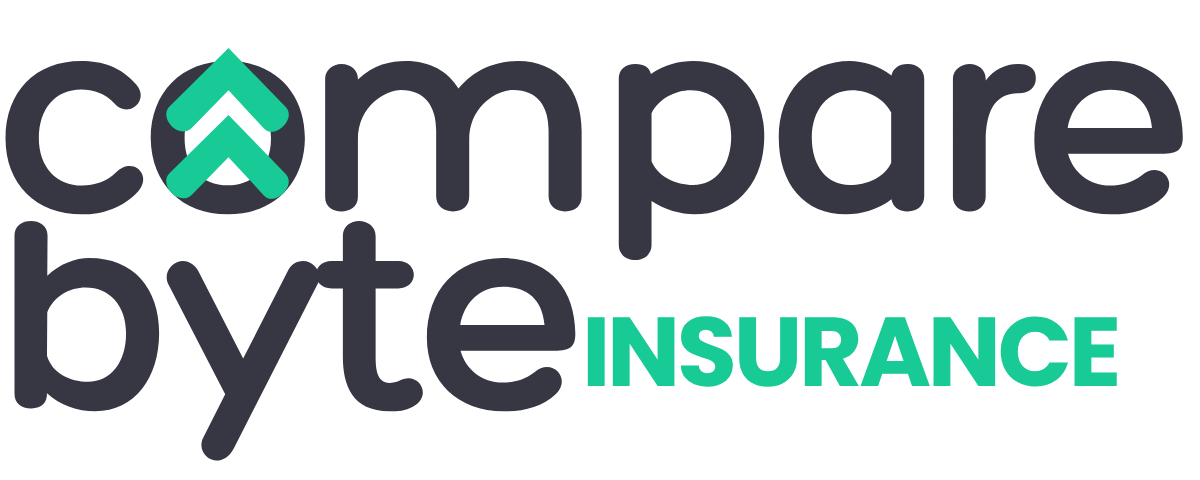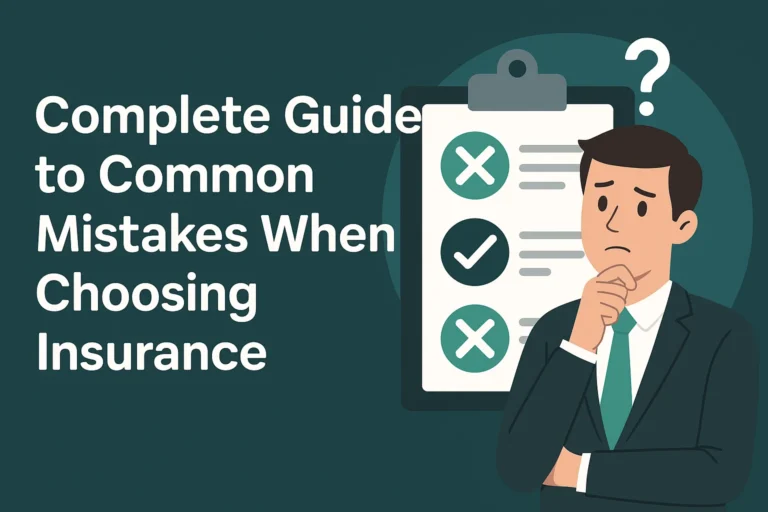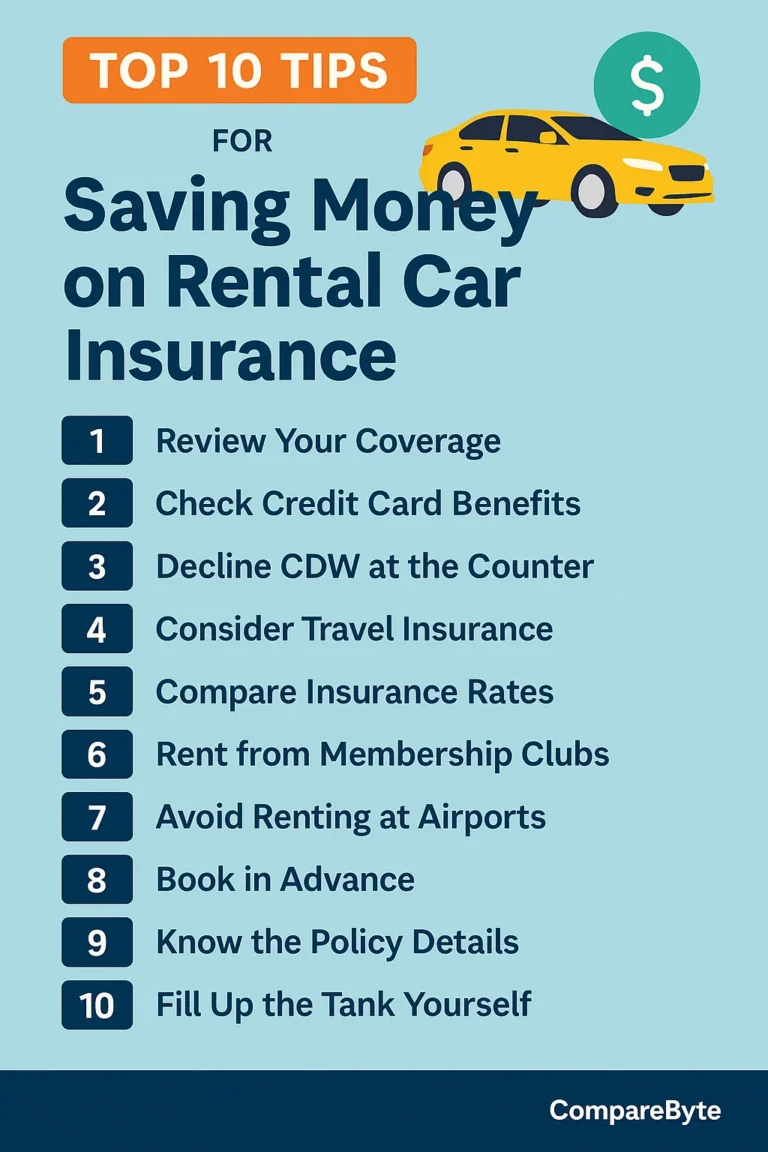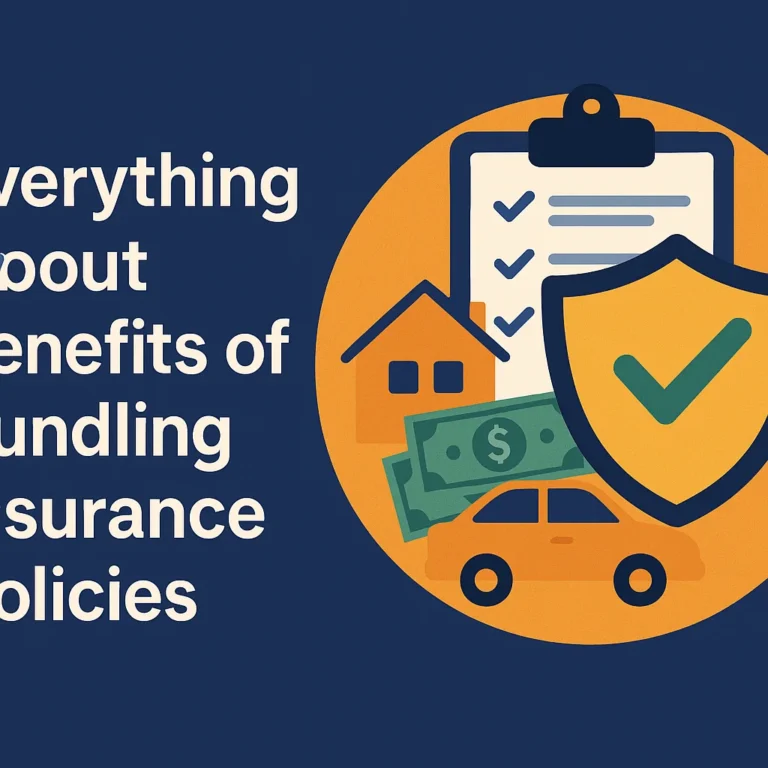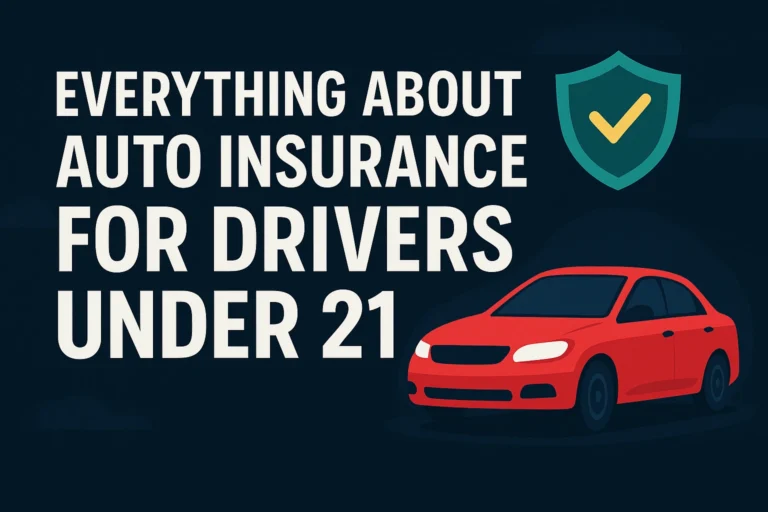If you’ve recently financed or leased a car, you may have come across the term Gap Insurance. For beginners, understanding this form of auto insurance can be confusing, but it plays a vital role in protecting your finances in case your vehicle is totaled or stolen. In this guide, we break down what gap insurance is, how it works, its advantages and disadvantages, and whether or not it’s the right choice for you.
Understanding Gap Insurance
Gap insurance—short for Guaranteed Asset Protection—is a type of auto insurance coverage that bridges the financial “gap” between what your vehicle is worth and what you still owe on your loan or lease. For instance, if your car is totaled and your insurer pays $18,000 but you still owe $22,000, gap insurance covers the $4,000 difference.
This type of insurance is often recommended for drivers who lease a car, or those who finance with a low down payment or long-term loan, as vehicle depreciation occurs quickly.
Typically, gap insurance can be added to your comprehensive auto insurance policy or purchased separately from the dealer, lender, or a third-party insurer.
It’s important to understand that gap insurance doesn’t cover everything—it doesn’t pay for repairs, maintenance, or medical expenses. It simply covers the difference between what you owe and what your car is worth at the time of loss.
What Is Included in Full Auto Coverage?
How Gap Insurance Works Step-by-Step
- You finance or lease a vehicle.
- You add gap insurance to your policy or buy it from a third party.
- If your car is stolen or totaled, your standard auto insurer calculates its actual cash value.
- The insurer pays that value to your lender, minus any deductible.
- Gap insurance pays the remaining balance you still owe.
Pros of Gap Insurance
There are several benefits of having gap insurance, especially if your loan terms and car value meet certain conditions. Below are some of the biggest advantages:
Financial Protection Against Depreciation
Vehicles depreciate quickly. Within the first year, a car can lose up to 20-30% of its value. Gap insurance ensures you are not left paying off a loan for a car you can no longer use.
Peace of Mind for New Car Owners
Purchasing a new car is a big financial decision. With gap insurance, you’re protected from unexpected accidents or theft early in ownership.
Useful for Low Down Payments
If you’ve put down less than 20% when purchasing a car, you’re more likely to owe more than the vehicle’s worth early on. Gap insurance is especially helpful in these cases.
Helps in Long-Term Loans
Financing your car over five or more years increases the risk of negative equity. Gap insurance fills in that potential shortfall.
Increases Loan and Lease Flexibility
Some lenders may require gap coverage as part of their loan terms. By getting coverage early, you ensure that you comply with those terms without surprise costs later on.
Cons of Gap Insurance
Despite its benefits, gap insurance may not be necessary for everyone. Here are some potential drawbacks:
Additional Cost
While not extremely expensive, gap insurance adds to your overall insurance cost, particularly if purchased from a dealer.
Limited Timeframe of Usefulness
Gap insurance is most useful during the first few years of ownership. Afterward, its value significantly decreases.
Not a Replacement for Comprehensive Insurance
Some mistakenly believe gap insurance covers all damages. It does not include repair costs, injuries, or liability coverage.
Could Overlap with Existing Coverage
Some lenders include gap coverage within the terms of the lease or loan. Purchasing separate insurance could mean paying twice for the same protection.
May Not Be Refundable
Unlike regular car insurance, you may not get a prorated refund if you pay for gap coverage upfront and cancel early.
Comparison Table: Should You Get Gap Insurance?
| Situation | Gap Insurance Recommended? |
|---|---|
| Leasing a new car | Yes |
| Buying a used car with large down payment | No |
| Low down payment with long-term financing | Yes |
| Car value higher than loan amount | No |
Real-Life Example: How Gap Insurance Helped
| Description | Amount |
|---|---|
| Remaining Loan | $22,000 |
| Actual Cash Value (Paid by Insurer) | $18,000 |
| Gap Paid | $4,000 |
Final Thoughts: Is Gap Insurance Worth It?
Gap insurance can be a financial lifesaver under the right circumstances—especially for new cars, low down payments, or long-term loans. While not for everyone, it adds a layer of protection that could prevent serious debt.
Before buying, always compare your car’s current value against your loan or lease balance. If there’s a risk of being “underwater,” gap insurance might be a wise addition.
How to Choose the Right Auto Insurance Policy
Call to Action
Are you currently financing a vehicle or leasing a new car? Talk to your insurance provider today and ask if gap insurance is right for you. Don’t wait until it’s too late—protect your investment now.
